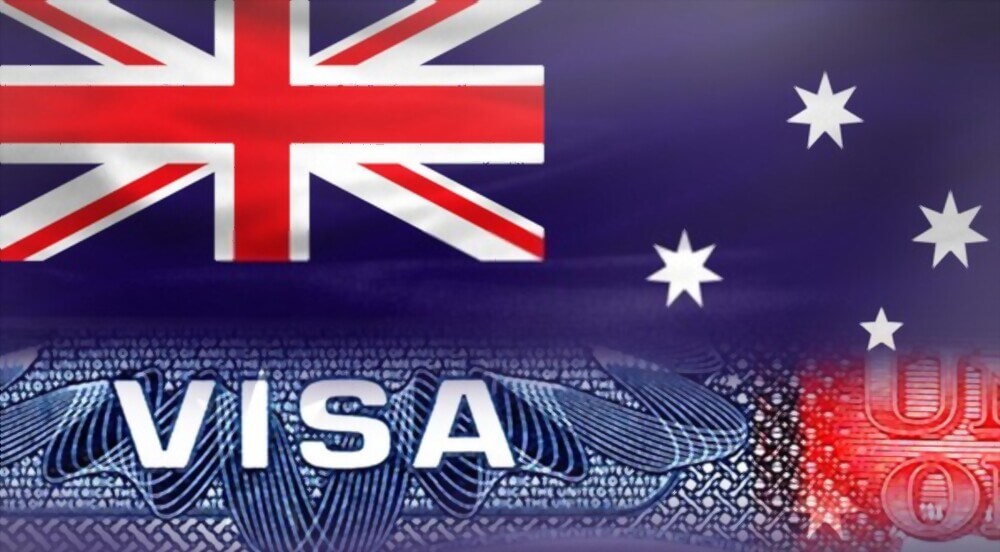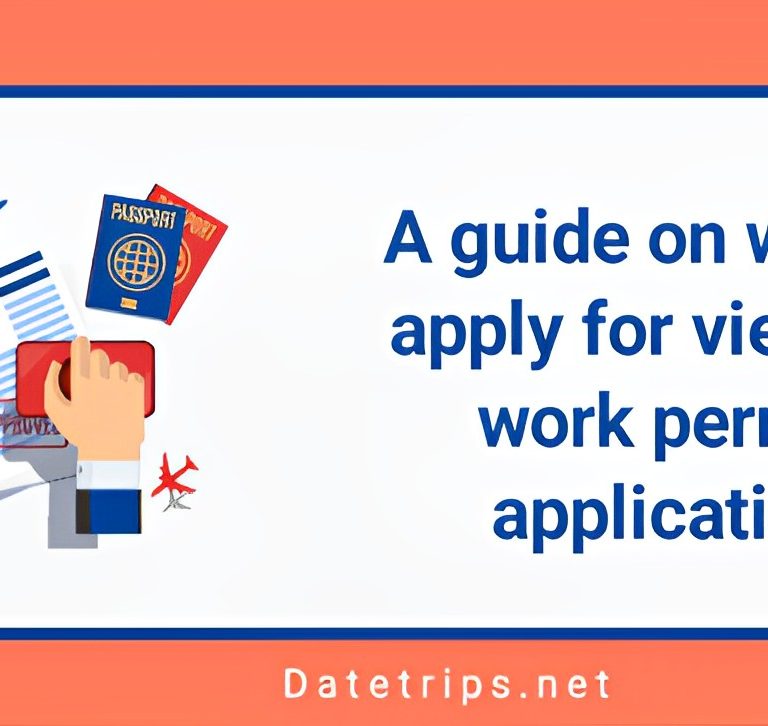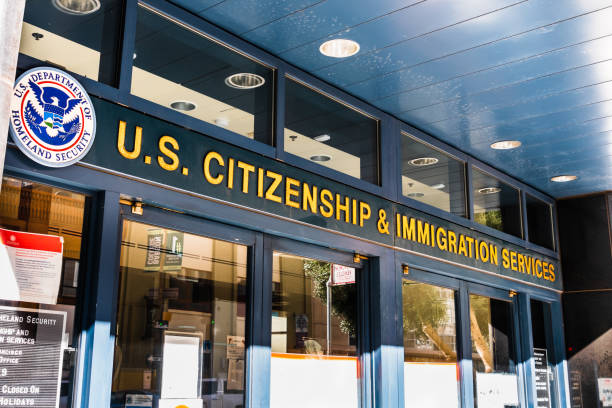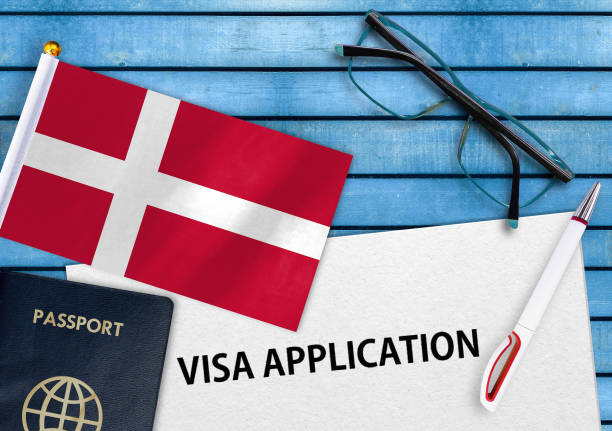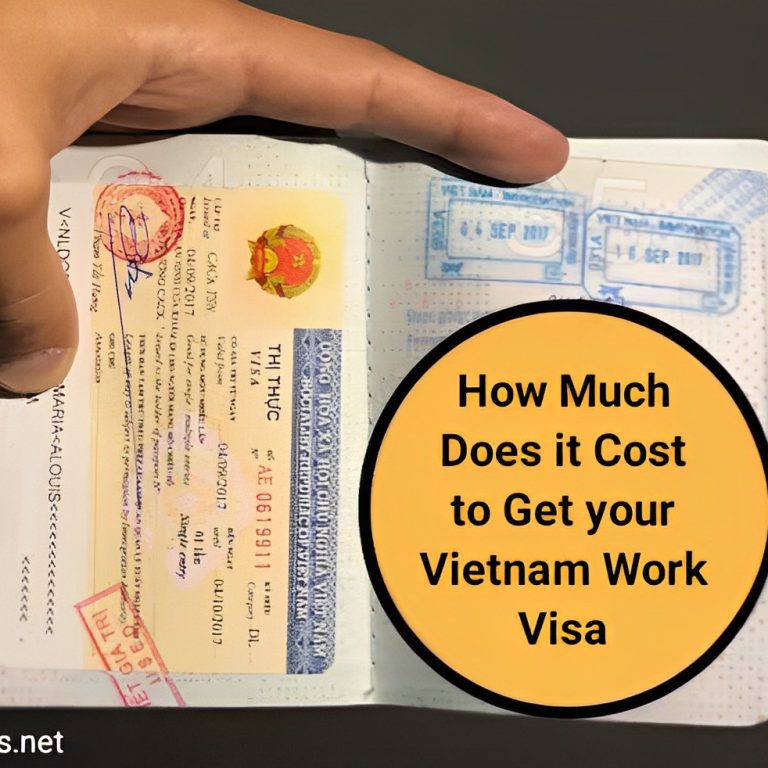How to Get Temporary Visa of Australia in USA?
Looking to obtain a temporary visa for Australia while residing in the USA? This detailed guide provides step-by-step instructions. Learn how to determine the visa type, gather required documents, complete the online application, pay the fee, submit your application, await a decision, attend a biometrics appointment (if necessary), and receive your visa grant. Please note that visa requirements can change, so it’s best to consult the Australian Department of Home Affairs website for the most up-to-date information.
Certainly! Here are the detailed steps to obtain a temporary visa for Australia in the USA:
- Determine the type of visa you need: Visit the Australian Department of Home Affairs website (https://immi.homeaffairs.gov.au/) and explore the visa options available. Identify the visa category that aligns with the purpose of your travel, such as tourism, business visits, study, or work.
- Gather the required documentation: Once you have determined the appropriate visa category, gather all the necessary documents. The specific requirements may vary based on the type of visa you are applying for. Generally, you will need:
- Valid passport: Ensure that your passport is valid for at least six months beyond your intended stay in Australia.
- Completed visa application form: Access the visa application form through the Australian Department of Home Affairs website or your Immi Account (if you have one). Fill out the form accurately and provide all the requested information.
- Passport-sized photographs: Attach recent passport-sized photographs as per the specifications mentioned in the application form.
- Proof of financial capacity: Provide evidence to demonstrate that you have sufficient funds to cover your expenses during your stay in Australia. This can include bank statements, employment verification, or other relevant financial documents.
- Travel itinerary: Submit a detailed itinerary of your planned activities in Australia, including flight bookings, accommodation arrangements, and any other relevant travel plans.
- Supporting documents: Depending on the visa category, you may need additional documents such as educational transcripts, employment letters, or letters of invitation from an Australian organization.
- Complete the online application: Most temporary visa applications for Australia are submitted online. Create an Immi Account on the Australian Department of Home Affairs website (if you haven’t already). Log in to your Immi Account and access the appropriate visa application form. Fill out the form accurately, providing all the required information.
- Pay the visa application fee: After completing the application form, you will need to pay the visa application fee. The fee amount will depend on the type of visa you are applying for. You can make the payment online using a credit card.
- Submit your application: Once you have paid the visa application fee, review your application form and attached documents to ensure accuracy and completeness. Submit your application through your ImmiAccount by following the instructions provided. Make sure to complete this step before the application deadline.
- Await a decision: The processing time for Australian visas can vary depending on the visa category and other factors. It is advisable to apply well in advance of your intended travel dates. During the processing period, you can track the progress of your application through your ImmiAccount.
- Attend a biometrics appointment (if necessary): Depending on the visa category, you may be required to attend a biometrics appointment. If applicable, the Australian Department of Home Affairs will notify you of the appointment details. At the appointment, you will provide your fingerprints and have your photograph taken.
- Receive your visa grant: Once your visa application is approved, you will receive a visa grant notification via email or through your Immi Account. Review the details of your visa grant carefully, including its validity period and any conditions attached to it. Ensure that all the information on the visa grant matches your intended travel plans.
Types of US Visa for Australian Citizens
As an Australian citizen planning to visit or stay in the United States, there are several types of visas available to you. The appropriate visa category will depend on the purpose of your visit. Here are some common types of visas for Australian citizens:
- B-1/B-2 Visitor Visa: This visa is suitable for tourism, business visits, or medical treatment. The B-1 visa is for business purposes, such as attending conferences or meetings, while the B-2 visa is for tourism and leisure activities.
- F-1 Student Visa: If you plan to pursue a full-time academic program at a U.S. educational institution, you will need an F-1 student visa. This includes attending universities, colleges, high schools, private elementary schools, seminaries, conservatories, or language training programs.
- J-1 Exchange Visitor Visa: This visa category is designed for individuals participating in approved exchange programs, including students, researchers, scholars, teachers, and cultural exchange participants.
- H-1B Specialty Occupation Visa: The H-1B visa is for Australian citizens who have a job offer from a U.S. employer in a specialized field that requires a higher education degree or equivalent experience. This visa allows you to work in the United States temporarily.
- E-3 Treaty Trader or Investor Visa: The E-3 visa is exclusively available to Australian citizens. It allows professionals to work in the United States in a specialty occupation for a U.S. employer that has a qualifying relationship with Australia.
- L-1 Intracompany Transferee Visa: If you are an employee of an Australian company with a parent, branch, affiliate, or subsidiary in the United States, you may be eligible for an L-1 visa, which allows you to transfer to a U.S. office or establish a new office in the country.
- O-1 Extraordinary Ability Visa: The O-1 visa is for individuals with extraordinary abilities in sciences, arts, education, business, or athletics. It requires evidence of sustained national or international acclaim in the respective field.
- TN Visa: The TN visa is a nonimmigrant visa under the North American Free Trade Agreement (NAFTA) and is available to Australian citizens who are employed in certain professional occupations, primarily in the fields of science, engineering, and business.
It’s important to note that the visa application process and requirements can vary for each visa category. I recommend consulting the official website of the U.S. Department of State or seeking advice from an immigration attorney for detailed and up-to-date information specific to your situation.
Conclusion
In conclusion, Australian citizens have various visa options when planning a visit or stay in the United States. The appropriate visa type depends on the purpose of the visit, whether it’s for tourism, business, education, work, or specialized fields. The B-1/B-2 Visitor Visa is suitable for tourism and business visits, while the F-1 Student Visa is for full-time academic programs. Australian citizens can also apply for the J-1 Exchange Visitor Visa, H-1B Specialty Occupation Visa, E-3 Treaty Trader or Investor Visa, L-1 Intercompany Transferee Visa, O-1 Extraordinary Ability Visa, or TN Visa under NAFTA. Each visa category has its own requirements and application process, so it’s important to consult official resources or seek professional guidance to ensure accurate and up-to-date information for your specific circumstances.
FAQs
Q: How long can Australian citizens stay in the United States on a tourist visa? A: Australian citizens traveling to the United States on a B-1/B-2 Visitor Visa can generally stay for up to 6 months per visit. However, the exact duration of stay is determined by the U.S. Customs and Border Protection (CBP) officer at the port of entry.
Q: Can Australian citizens work in the United States on a tourist visa? A: No, Australian citizens cannot work in the United States on a B-1/B-2 Visitor Visa. This visa category is intended for tourism, business visits, or medical treatment. If you plan to work in the United States, you will need a specific work visa such as the H-1B, E-3, or another appropriate visa.
Q: How can I find more information about U.S. visas for Australian citizens? A: For detailed and up-to-date information on U.S. visas for Australian citizens, it is best to visit the official website of the U.S. Department of State or the U.S. Embassy or Consulate in Australia. These sources provide comprehensive information on visa categories, requirements, and application processes.
Q: Can Australian citizens apply for a U.S. visa online? A: Yes, Australian citizens can generally apply for a U.S. visa online. The application process usually involves completing the appropriate visa application form, submitting supporting documents, and scheduling an interview at the U.S. Embassy or Consulate. However, some visa categories may require additional steps or in-person interviews.
Q: Can Australian citizens extend their stay in the United States? A: If an Australian citizen is in the United States on a nonimmigrant visa and wishes to extend their stay beyond the authorized period, they must apply for an extension with the U.S. Citizenship and Immigration Services (USCIS) before their current authorized stay expires. It is important to adhere to the visa terms and apply for extensions in a timely manner.
Q: Do Australian citizens need a visa for transit through the United States? A: Australian citizens traveling through the United States on their way to another destination may be eligible for the Visa Waiver Program (VWP). This allows for visa-free transit through the United States for up to 90 days. However, it is important to check the specific requirements and restrictions of the VWP before planning your travel.
